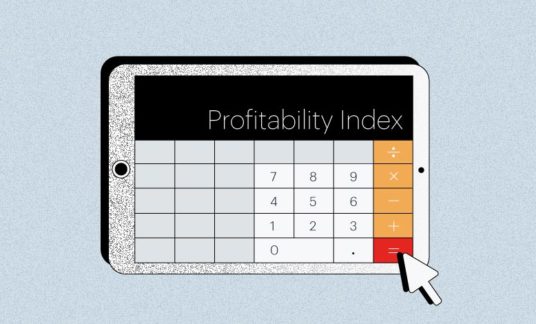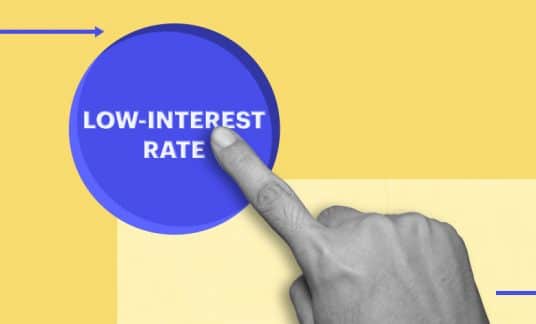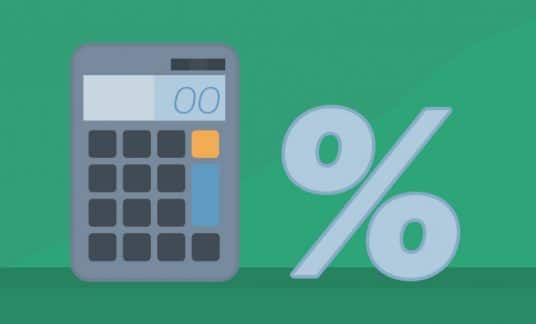Small businesses play an important role in driving the U.S. economy. After all, more than 99.9% of all firms are small businesses, accounting for more than 31.7 million businesses, according to the Small Business Administration (SBA).
Without a doubt, owning or managing a small business can be rewarding, but it can also be a challenge. A small business emergency fund can help smooth out the bumps.
According to the SBA, roughly a third of small businesses close within the first 2 years of operation. About a quarter survive 15 years. The SBA also reported nearly 900,000 small businesses closed in 2017, the most recent year a pre-pandemic study was done.
Low sales volume or a lack of cash flow are the top reasons businesses close.
To protect your business, it’s important to establish a business emergency fund. Here’s what you need to know.
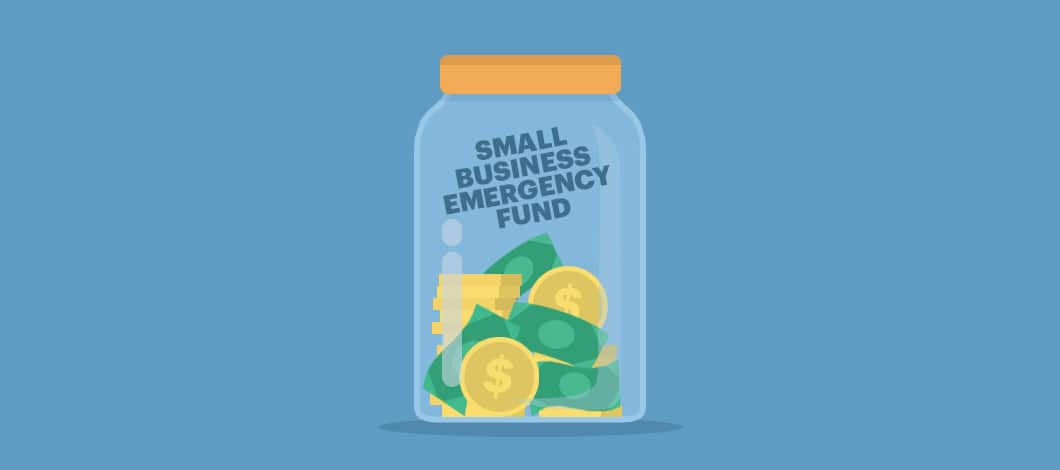
What Is a Small Business Emergency Fund?
A small business emergency fund is money you set aside to handle expenses related to unexpected and dire situations, such as a temporary shutdown, slow periods or unplanned events that impact sales. Your emergency fund is a financial cushion to help keep your company running during difficult times.
A fire or tornado damage might be an example of an emergency, but it’s not just about natural disasters. Business can be unpredictable. During the COVID-19 pandemic, many small businesses experienced significant impacts on their supply chains. With multi-month delays in getting goods shipped, many businesses were left without products to sell.
How Much Should a Business Have in Savings?
What would happen if your business suddenly had to close its doors for a month or longer? Depending on the financial health of your small business and your savings, the impact might be devastating.
Knowing exactly how much to have in a business emergency fund is key. Jody Grunden of Summit CPA Group advises clients to keep between 10%-30% of annualized revenue in the bank. That works out to be between 3 and 6 months of operating expenses. That can seem like a lot, but you want to be prepared if an emergency happens. This is especially true if the alternative is to close up shop or turn to your personal funds.
Along similar lines, Ramsey Solutions, led by finance author, public speaker and podcast host Dave Ramsey, recommends business owners aim to save 6 months of company expenses, including rent, payroll and office supplies.
How to Build a Business Emergency Fund in 8 Steps
If you’re a sole proprietor or small business owner with thin margins, getting started on building a cash reserve fund can seem challenging. However, you can build up your business cash reserve account in several ways.
1. Determine Your Needs
The first step is to determine how much working capital you’d need in an emergency. Your needs will be unique depending on your business.
For example, some businesses are more seasonal than others. If an emergency happens during your busy time, it may impact your finances for more than just a few months. In that case, you’d want to have a larger emergency savings goal. If you have a business that carries inventory, you also may need a larger reserve to keep your supply chain operating efficiently.
Your personal financial situation will also play a role. Can you survive for a period if you’re not drawing a salary or pulling money out of the business? If not, you’ll want to factor that into your calculations.
2. Set Reasonable Emergency Savings Goals
You’re better off starting small and ensuring you can meet your monthly savings goal than struggling to hit a bigger number. Set small, achievable targets for your monthly savings and increase the amounts when you’re comfortable that you can handle them without hurting your business.
3. Save Consistently to Build Your Cash Reserve Fund
As with any savings program, you need to put together a plan and follow it consistently. Commit to putting a certain amount of money aside each month. One of the easiest ways to do this is to save a percentage of your monthly revenue. While the percentage stays the same each month, the amount you save will vary depending on how much money you take in.
You’ll deposit less when revenue drops, but you’ll be able to balance out when you have a better month.
To go about this, Ramsey Solutions recommends business owners should, after paying their wages, allocate remaining company profits toward paying off debt and building an emergency fund, with a lesser percentage going toward savings until debt is paid off. For example, they might allocate 20% of profit toward savings and 80% toward paying off debt.
4. Automate Business Emergency Fund Savings
An effective way to build a financial cushion for your company is to open a separate account and set up a monthly deposit from your business account. Then savings can happen without requiring you to manually move the money each month.
Another option is to transfer a portion or percentage of every transaction and deposit it into a separate account. For example, if your net profit margin on sales is 8% after operating expenses, consider putting 1% of every sale into an account until you reach your goal.
5. When Business Is Good, Build Up Your Financial Cushion
When you have a good month financially and a better net profit, put a little extra into your emergency business funding until you reach your goal. Using the profits for something else can be tempting, but put off less critical expenses until you’ve saved enough to create your financial cushion.
Whenever you spend money, it’s one less opportunity to save.
6. Check for Nonessential Expenses
Certain expenses are unavoidable. If you have a mortgage on your property, you need to make the monthly payment. You’ll need to pay utilities and employees if you want to stay in business. However, other items aren’t essential.
When building your emergency fund, delay any nonessential items until you hit your goals. While you may need to replace a cash register or card reader that stops working, you can probably live with an old office chair or computer for a few more months while building your savings.
7. Protect Your Business Emergency Fund
It can be tempting to dip into your emergency fund for things that aren’t emergencies. Avoid the temptation to do that if at all possible. For example, while you need to pay your estimated quarterly taxes, you should be planning for those payments and not dipping into cash you’ve set aside for emergencies.
8. Don’t Stop Building Your Cash Reserve Fund
When you reach your goal, take a breath and congratulate yourself. It’s a big step. Consider continuing to save and build your cash reserve fund to create an even bigger financial cushion. If an emergency lasts more than 2-3 months, you’ll be glad you kept saving.
While you want to keep your emergency business funds liquid, amounts over and above your goal can be put into longer-term investments that pay higher dividends. Certificates of deposit (CDs) or bonds, for example, typically earn more interest than savings accounts and are still accessible in the future, subject to maturity dates. Just make sure your short-term emergency account is fully funded before you put money towards such investments.
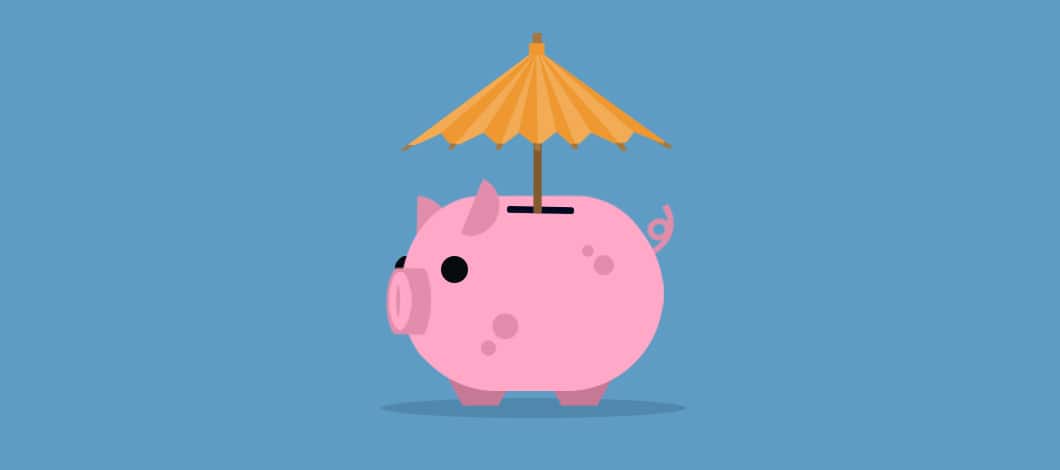
Where to Set Up an Emergency Fund?
Emergencies are unpredictable. You never know when they will occur or when you might need to tap into your business emergency fund. As such, where you put your funds makes a difference. You may need to get access to your savings quickly, which means keeping your money liquid.
Most small business owners choose to open interest-bearing savings accounts or money-market accounts. This way, you can access cash when needed while earning some interest on your balance. While certificates of deposit, mutual funds or other investments may earn higher rates of return, they should not be used for savings, as it may be difficult to cash out in an emergency or have penalties for doing so.
Some businesses set up separate accounts for their cash reserve funds. Others keep the emergency savings in their business accounts.
The Benefits of Business Emergency Funding
By creating a business cash reserve account, you will avoid having to dip into your personal funds to keep your business afloat. A study by the Federal Reserve Bank found 86% of small businesses surveyed said they “would need to take some action to supplement funding or cut expenses” if they had a 2-month revenue loss. Nearly half of them would be forced to use personal funds, and 17% would be forced to close.
Setting up a business cash reserve fund also provides peace of mind. You’ll sleep better knowing you have some money set aside to handle emergencies. Indeed, with the right emergency savings goal, if an unexpected event impacts your business, you’ll still be able to pay your mortgage, take care of utility bills and pay employees.



